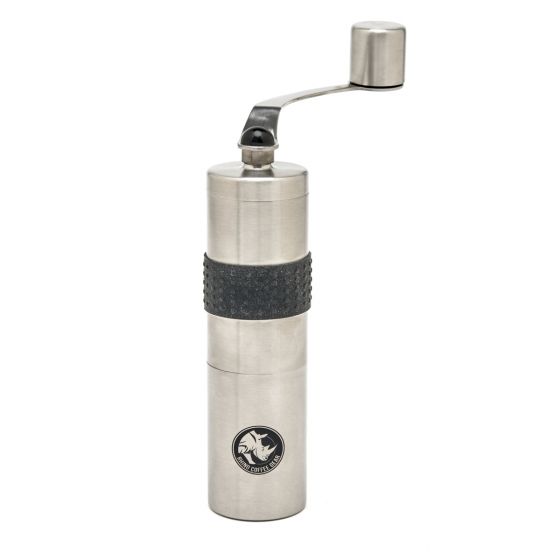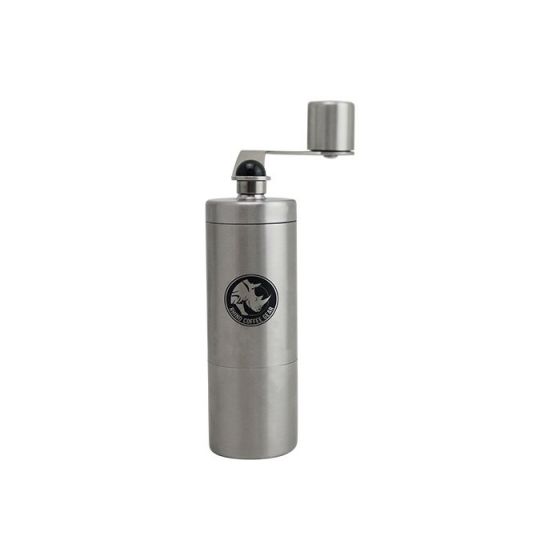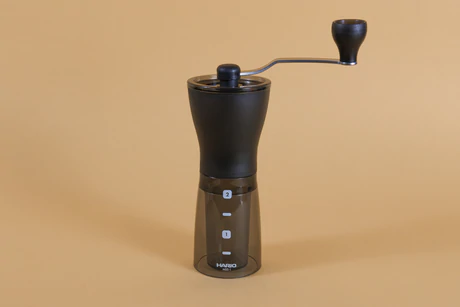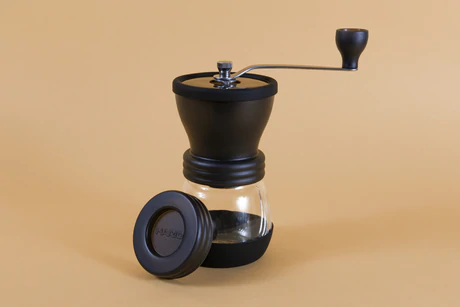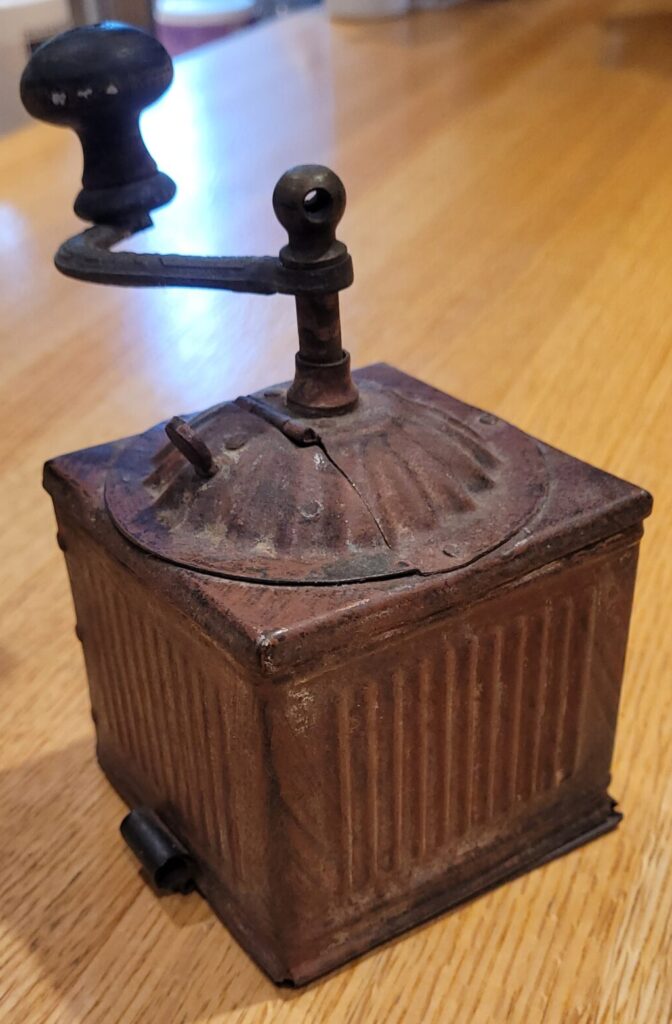
Grinding coffee is an important topic if you are trying to produce your best cup of coffee. The first question you must ask yourself is which brewing method you are targeting.
Every brewing method has its own requirement for your coffee grinding. For example, a French press requires a very coarse grind, while Turkish or Greek coffee requires an extremely fine grind – practically powder. Other methods like pour over, drip, and espresso all fall somewhere in between. The most important thing is to produce a uniform grind at the exact right size.
There are lots of grinders on the market. It’s hard enough to find the best grinder for a particular brewing method, but it is darn near impossible to find one that is good for a broad range of methods. So, it’s really important to pick a grinder that will provide the type of grind that matches your preferred brewing method.
Let’s look at how some of the different types of grinders pair with different brewing methods.
The Whirring Blade
This is the type of grinder that has a little blade that spins around inside a small chamber, pulverizing the coffee beans as it goes. It is probably the most common coffee grinder found in homes around the US. It is fairly small, so it’s easy to store and easy to use. It’s inexpensive, too. Unfortunately, it’s also probably the least useful type of grinder available.
The key flaw in the whirring blade design is that it doesn’t control particle size very well. It produces a wide range of grind sizes every time you use it. It is extremely difficult to get a consistent grind at any level except powder. So, if you are a fan of Turkish or Greek coffee, a whirring blade might be just the thing. However, if you are using any other brewing method, a whirring blade is not the best choice.
Celtic Cup’s Recommendation
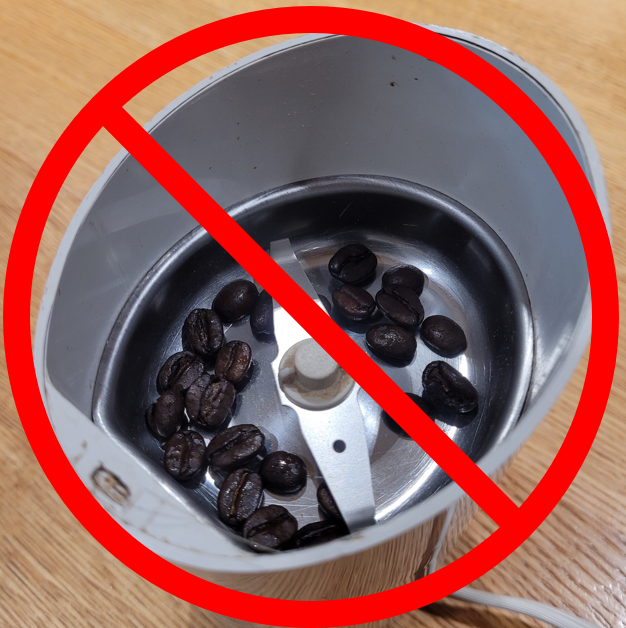
Since none of them is really very good, just go for the cheapest thing you can find. Better yet, avoid them. If you’ve already got one, you can repurpose it for grinding spices.
Burr Grinders
Burr grinders are superior to blade grinders in their ability to produce a more consistent size of coffee particles. They can range from $40 to well over $1000. Relatively good quality examples for home use can be found as low as about $150 up to $500. Above that range, you start getting into “prosumer” and commercial models that can cost up to $3000-5000.
There are two main types of burr grinders: conical and flat. There is much debate about which is better for a particular brewing method. For the average home coffee aficionado, though, there is very little practical difference between the two. A well built grinder with either burr type will do a fine job. To learn more about burr types, see this blog post from Baratza, a grinder manufacturer who uses both types.
One downside of burr grinders is that it is apparently quite difficult to make one that does a great job at both ends of the grinding spectrum. You can find a model that is great for, say, espresso, but has trouble with a coarse grind for a French press or cold brew. Or you can find a model that is great at medium and coarse grinding, but can’t quite be dialed in for the perfect espresso shot. So, you’ll either need to choose the one that is the best fit for your brewing, or buy one for each extreme. People who go for two grinders usually opt for a dedicated espresso grinder and an all-around grinder for medium-to-coarse grinds.
Celtic Cup’s Recommendation
For a quality all-around grinder, either the Solis Scala Zero Static (about $130) or the Baratza Encore (about $170) is a great place for the beginning coffee aficionado to start. For a dedicated espresso grinder, you’ll need to spend a bit more. We recommend the Baratza Sette 270 or the Rancilio Rocky (both about $400).
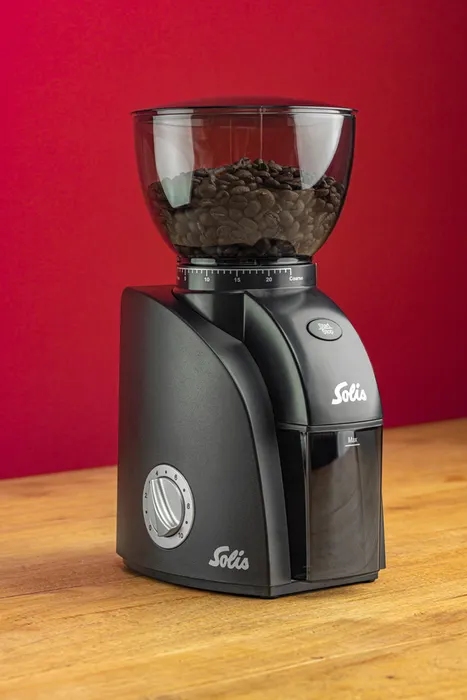
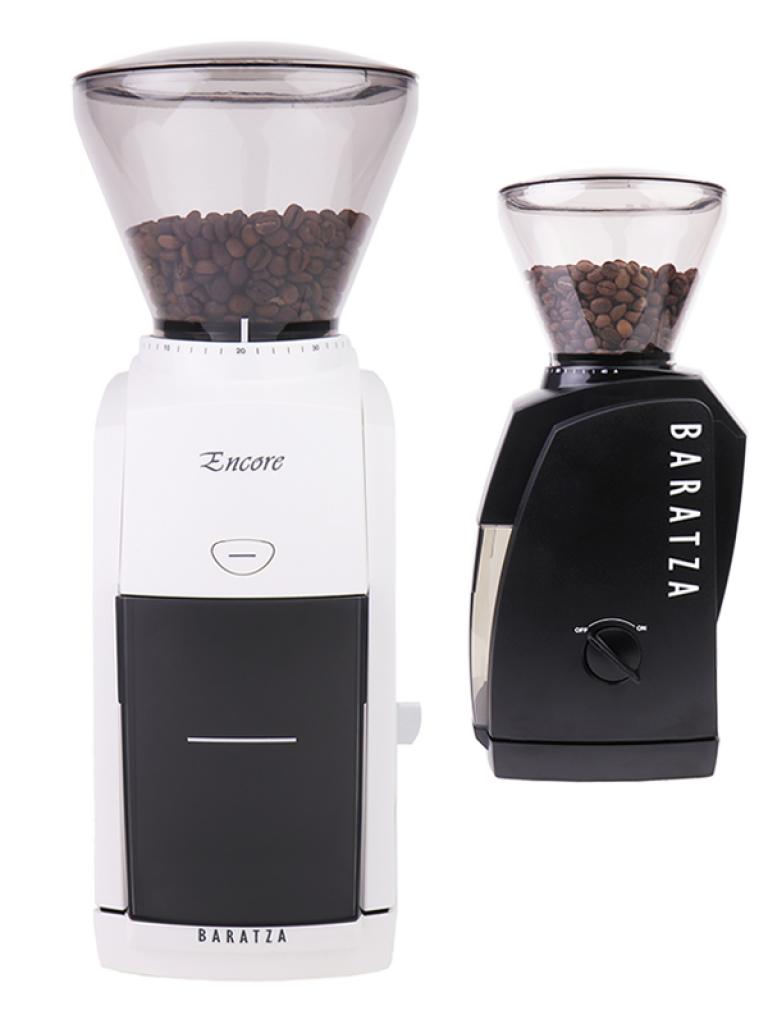
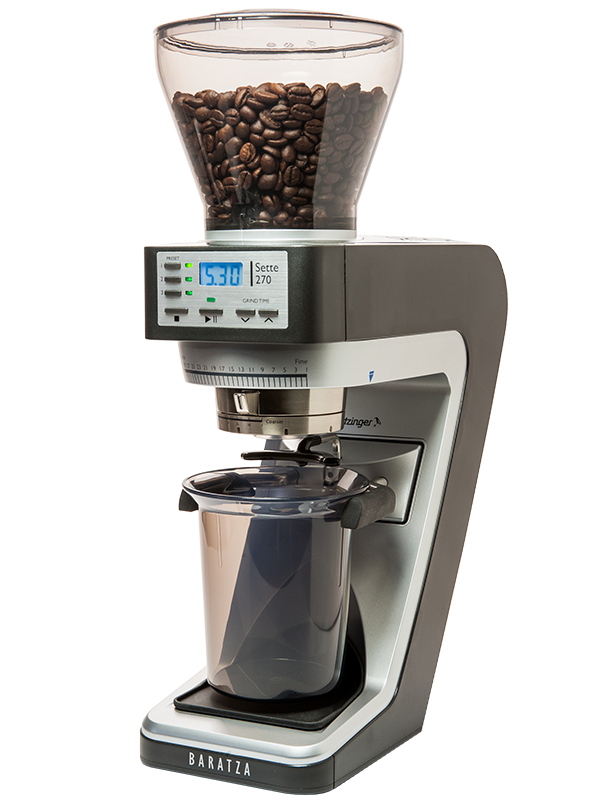
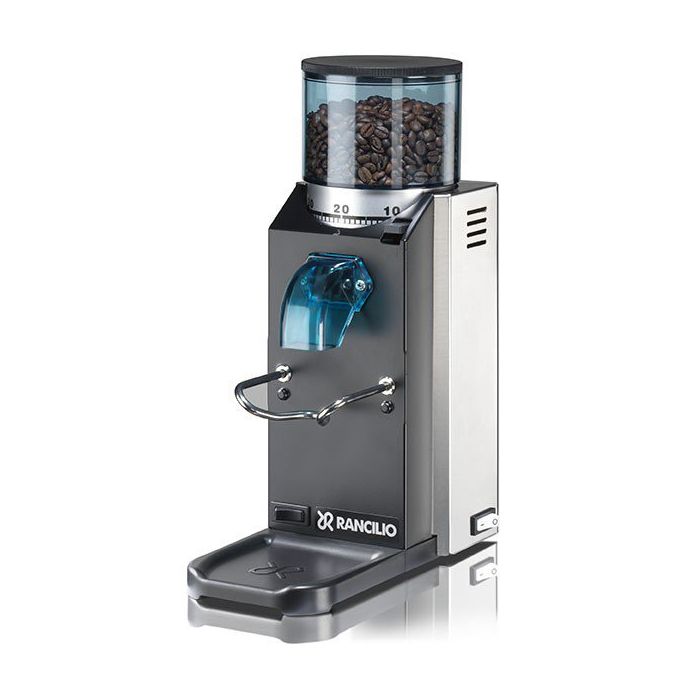
Hand Grinders
Hand grinders range in price from about $20 to several hundred and almost exclusively feature conical burrs. Grinding coffee by hand is time consuming and requires some amount of physical effort. Those facts alone lead most people to shy away from using a hand grinder for their daily cup. Others contend that grinding coffee with their own muscle power adds a certain something to their morning coffee ritual.
So, why talk about hand grinders at all? Because they are really handy when you’re traveling and trying to avoid drinking that awful stuff that hotels pass off as in-room coffee.
What? You don’t have a coffee travel kit? Don’t worry. We’ve got you covered. Just come in to our “Roastery & Tasting Room” in Silver Spring. We’ll show you some really nifty ways to keep your coffee habit well-fed on the road.
While there are hand grinders available for espresso, they are not really necessary for travel. After all, you’re hardly going to be dragging along your espresso maker on your travels. Confining ourselves to travel means that we can relax our standards a bit and not worry about being able to dial in the perfect shot with a hand grinder. Some important things to consider when looking at hand grinders for travel are: portability, ease of use, and adjustability.
Celtic Cup’s Recommendation
The Rhino Hand Grinder (Tall or Compact) or the Hario (Mini-Slim or Skerton) are all great choices. They are all in the range of $35-45.
